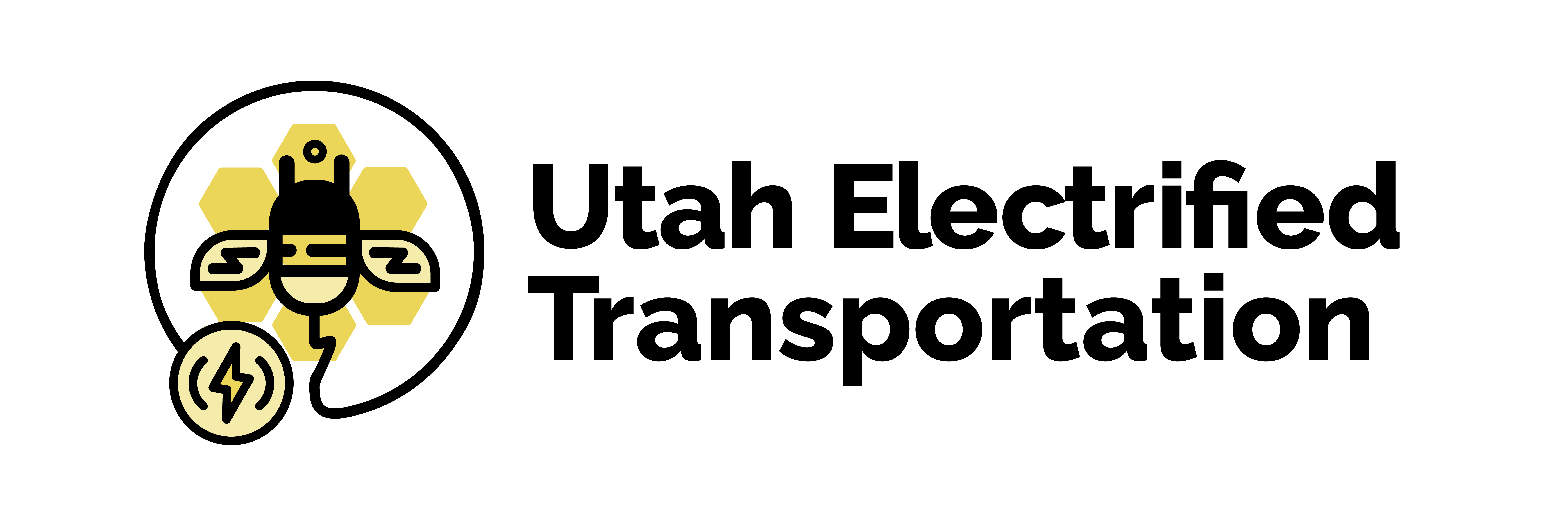Utah’s Ideal Electrified Transportation System (ETS) represents a visionary approach to modern transportation, seamlessly integrating cutting-edge research, development, and planning. This system is designed to scale efficiently, from local to regional levels, ensuring that hardware and charging infrastructure are deployed with precision. By harmonizing transportation and power systems, and incorporating local and regional needs, the ETS is poised to create a connected, cleaner, and more affordable future for all Utahns.
Utah’s Ideal ETS includes the following features:
Intelligent Systems
Shared Infrastructure
Utility Managed
Charging Stations
Charging Stations
In-Motion Charging
Overhead Bus Charging
Electrified Light Rail
Battery-Electric Trains
Electrified Vertiports
Fully Connected Communities
Extreme Fast Charging
Powering Electrified Transportation
Our planning process envisions the real impacts and limitations of our current transportation system — particularly as it relates to air quality, the economy, and our communities. We recognize that transportation and electric utility infrastructure across the nation need extensive renovation.
Key Observations:
- Steady use of the electrical grid throughout each day helps the grid deliver more power, which allows high consumption to drive down electricity prices.
- Some grid locations are very stressed while others are not. It is helpful to consider the locations with the most intense energy use (e.g., data centers, high-density residential, commercial and warehouse) when scaling the grid to deliver more energy.
- Significantly improving how and when energy is consumed on the grid, combined with energy storage, better balances the grid. This will make it possible to power our electrified transportation system with reasonable amounts of new power generation removing the need to generate massive amounts of expensive electricity at peak times.
